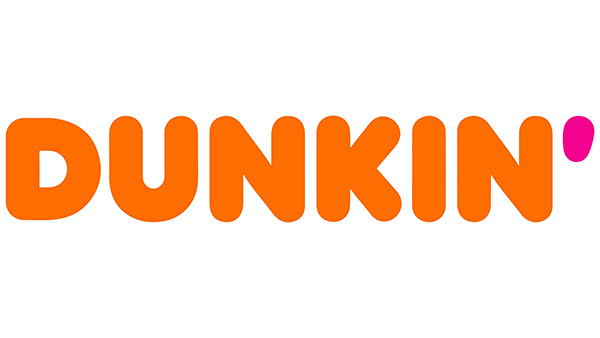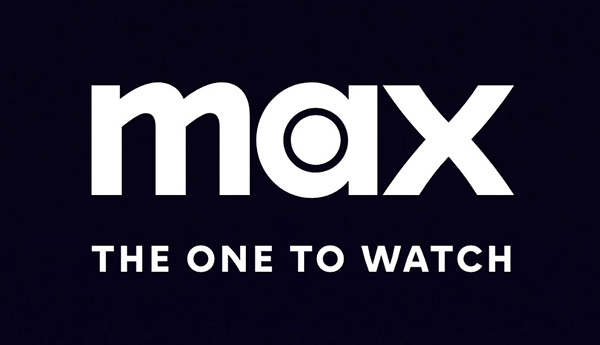Facebook, MySpace, Xing, Twitter, wikis, LinkedIn, Plaxo, podcasts, blogs, Digg, YouTube, FlickR, RSS, StumbleUpon…the list is endless. If the vast array of social media tools available leaves you scratching your head in confusion, you are not alone. Cutting through the social media clutter and making sense of it all can be difficult, but it is important to remember that social media tools are, in the end, just that – tools meant to achieve an objective. Once you have identified your business and communication goals, your target audience, and a communication and marketing strategy to reach that audience, the last step is to select the tools that best help you achieve these goals and reach your audience most effectively.
Below is a look at a few popular social media tools, how they work and the communication and business objectives they may help achieve.
Blogs: Blogs are Web journals that contain opinions on different subjects. Often described as the “front door” to social media, the authors of blogs can read, comment and exchange links on other blogs. If a large number of blogs link to your post or entry, it causes your blog to rise in Google’s search rankings. Blogs can be a great way for small or large organizations to build their reputation, showcase their expertise, highlight their product or service, and help improve your Search Engine Optimization by drawing audiences to your website.They also provide a more personal way of communicating with your customers or other target audiences, giving you an opportunity to obtain constant feedback from them.
Social Networking: Social networking sites operate on the simple premise of building a profile and connecting, interacting and sharing information with “friends” over the network. Popular social networks include Facebook, MySpace and LinkedIn, all of which allow you to create or join communities, start discussions and share information with people who are interested in connecting or in learning more about you. Facebook, which has more than 200 million users worldwide, also allows you to build your own business fan page and create your own targeted ads, applications or platforms, which can serve as a great marketing tool. LinkedIn, another popular site, is particularly known for professional networking, where you can create a profile, and also display recommendations or testimonials from clients or former employers, ask and answer questions on business-related topics and create or join a professional networking group.
Microblogs: Twitter, the most popular microblogging tool, is a free service that allows members to send short messages or updates that are 140 characters or less. The message is sent to people’s “followers” or people who are interested in what the person has to say or share. Twitter can be a useful tool to drive people to your blog, Web site or Facebook profile by posting a URL every time you update them or want to inform people of a latest event or company news. Since it only consists of short updates, Twitter can often be easier to keep up with, as compared with blogging, and still help you connect and network with current or prospective customers. Many organizations use Twitter for customer service and as a quick way to monitor what others are saying about their brand.
RSS/Social Tagging/Social Bookmarking: Creating content through blogs, podcasts, wikis and videos is just one aspect of social media. The other aspect is to make content easy to access, search and consume when the need arises. Social media tools like RSS feeds, social tagging and bookmarking bring order to the chaos of social media content.
• RSS or Really Simple Syndication allows people to subscribe to online news, blogs, podcasts and other information, bringing updates to them instead of having to visit different blogs and sites. Many experts cite RSS as the most important social media tool due to its ability to aggregate different sources, syndicate to a single view and publish instantly to an audience of subscribers.
• Social tagging involves adding “tags,” which are keywords or descriptive phrases given to digital information by users so it can be easily stored, sorted and searched. Digg is an example of a site where users can tag articles they like and select the category they should be placed in.
• Social bookmarking allows users to mark a page or Web site they find useful and may want to remember or share with others. The bookmarks can be made public or shared privately and can be viewed chronologically, by category or via tags. Using a downloadable application like Del.icio.us, you can bookmark a Web site and classify it using any tag you want. Other visitors to the Web site can not only see your tags, but can also search other sites with the same tag.
As is evident, different social media tools achieve different objectives, and to select the right social media tool, it is important to first clearly define your objective. At PRMG, we help clients evaluate their objectives and integrate social media into their overall communication and marketing strategy, helping them achieve their business goals better, faster and more efficiently.
For more information on our social media and digital marketing services, contact us at (631) 207-1057 or email at: johnzaher@theprmg.com.


